Ancient artifacts hold the power to transport us back in time, offering glimpses into the lives and cultures of our ancestors. From intricately crafted objects to groundbreaking inventions, these artifacts have significantly shaped human history. This article explores nine ancient artifacts that have not only stood the test of time but have also played pivotal roles in advancing knowledge, technology, and our understanding of the past. Join us as we look into the fascinating stories behind these remarkable relics that have changed the course of history.
Rosetta Stone (196 BC)
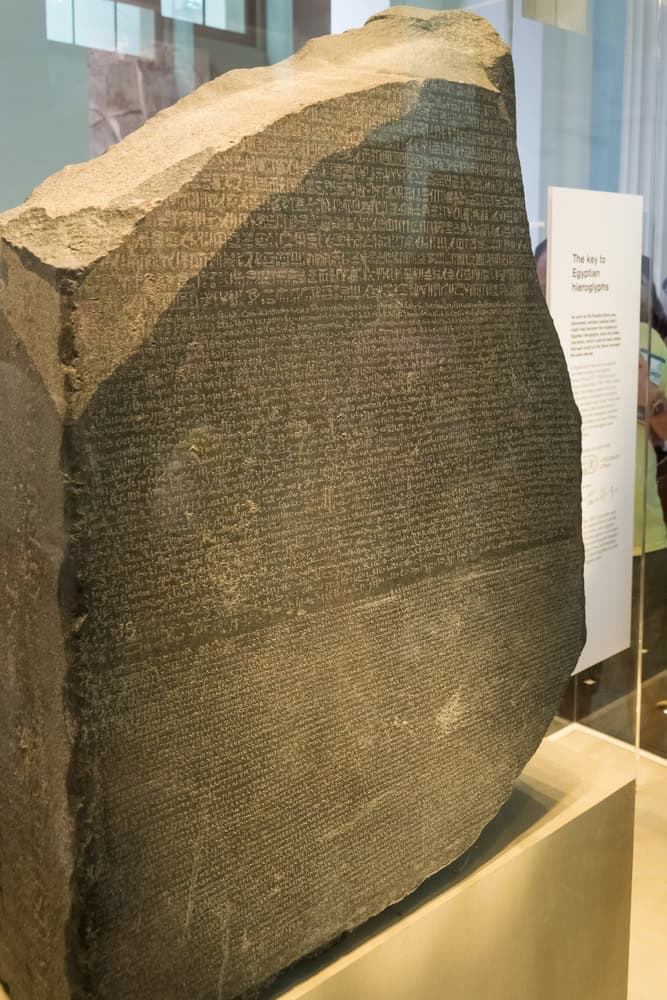
The Rosetta Stone, discovered in 1799, revolutionized our understanding of ancient Egypt. This granodiorite stele, inscribed with a decree issued in Memphis, Egypt, in 196 BC, bears the same text in three scripts: Greek, Demotic, and hieroglyphic. The stone’s significance lies in its role as the key to deciphering Egyptian hieroglyphs, thanks to the efforts of scholars like Jean-François Champollion. The Rosetta Stone bridged the gap between the ancient and modern worlds, allowing historians to unlock the secrets of a long-lost civilization, providing profound insights into ancient Egyptian culture, administration, and language.
Mask of Tutankhamun (1323 BC)
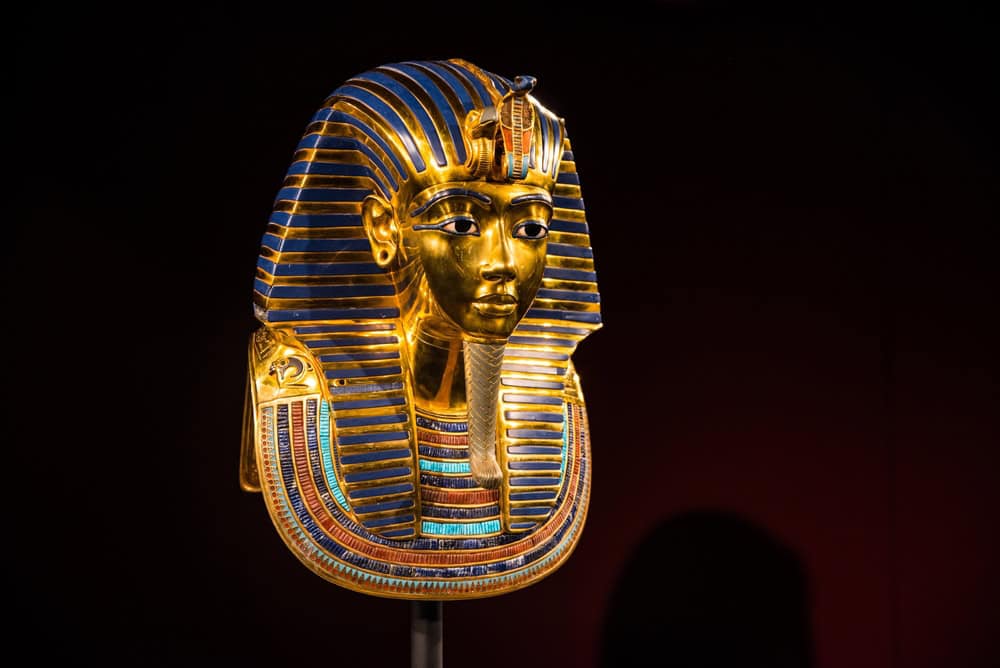
The Mask of Tutankhamun, crafted from gold and inlaid with precious stones, is a masterpiece of ancient Egyptian art and a symbol of the wealth and power of the pharaohs. Discovered in 1922 by Howard Carter, this burial mask adorned the mummy of the young Pharaoh Tutankhamun. The mask’s exquisite craftsmanship and the treasures found in the tomb provided an unparalleled glimpse into the opulence of the New Kingdom period. The discovery captivated the world, igniting a renewed interest in Egyptology and transforming our understanding of ancient Egyptian funerary practices and artistry.
Antikythera Mechanism (205 BC – 100 BC)
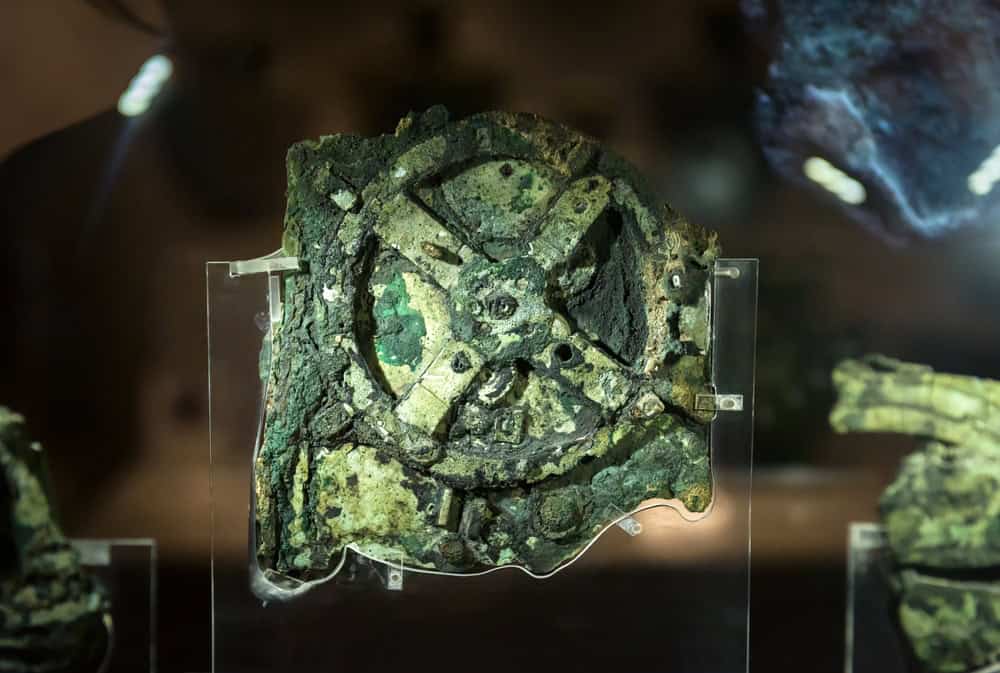
The Antikythera Mechanism, an ancient Greek analog computer, was discovered in a shipwreck off the coast of Antikythera in 1901. Dating between 205 BC and 100 BC, this intricate device comprised numerous gears and was used to predict astronomical positions and eclipses for calendrical and astrological purposes. Its complexity and sophistication challenged our perceptions of ancient technological capabilities, highlighting the advanced understanding of astronomy and mechanics in the Hellenistic period. The Antikythera Mechanism underscored the ingenuity of ancient engineers and the rich scientific heritage of the classical world.
Oseberg Ship (820 AD)
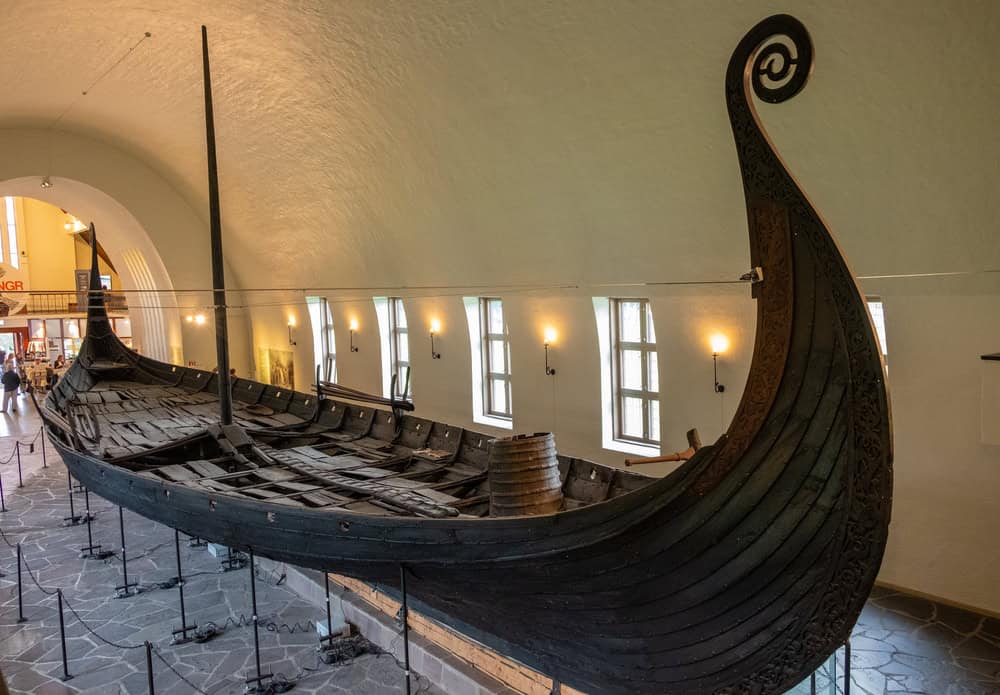
The Oseberg Ship, excavated in Norway in 1904, is one of the most well-preserved Viking longships ever found. Dating back to 820 AD, this ornate oak vessel was a burial ship for two women of high status, interred with a wealth of grave goods. The ship’s intricate carvings and well-preserved condition provided invaluable insights into Viking shipbuilding techniques, craftsmanship, and burial customs. The Oseberg Ship demonstrated the Vikings’ seafaring prowess and their cultural and artistic achievements, reshaping our understanding of the Viking Age and its influence on European history.
Terracotta Army (246 BC – 209 BC)
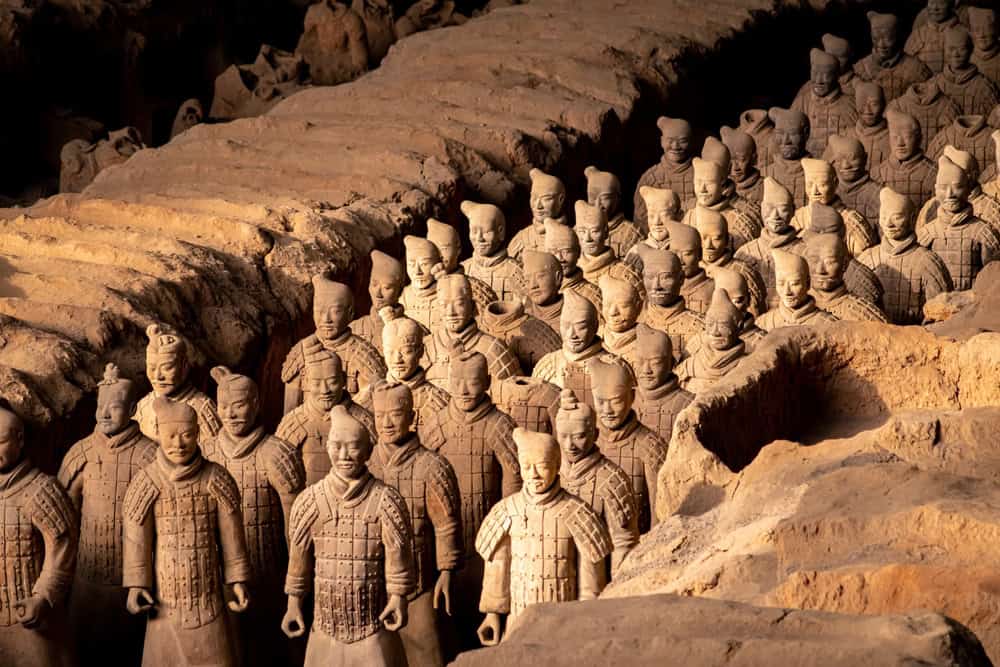
The Terracotta Army, discovered in 1974 in Xi’an, China, is a vast collection of life-sized clay soldiers, horses, and chariots buried with Emperor Qin Shi Huang. Dating from 246 BC to 209 BC, these figures were created to protect the emperor in the afterlife. The army’s realism, with each soldier featuring unique facial expressions and details, provided unparalleled insights into the military organization, artistry, and beliefs of ancient China. The discovery highlighted the might of the Qin Dynasty and its role in unifying China, profoundly impacting our understanding of Chinese history and culture.
Sutton Hoo (6th – 7th Centuries AD)
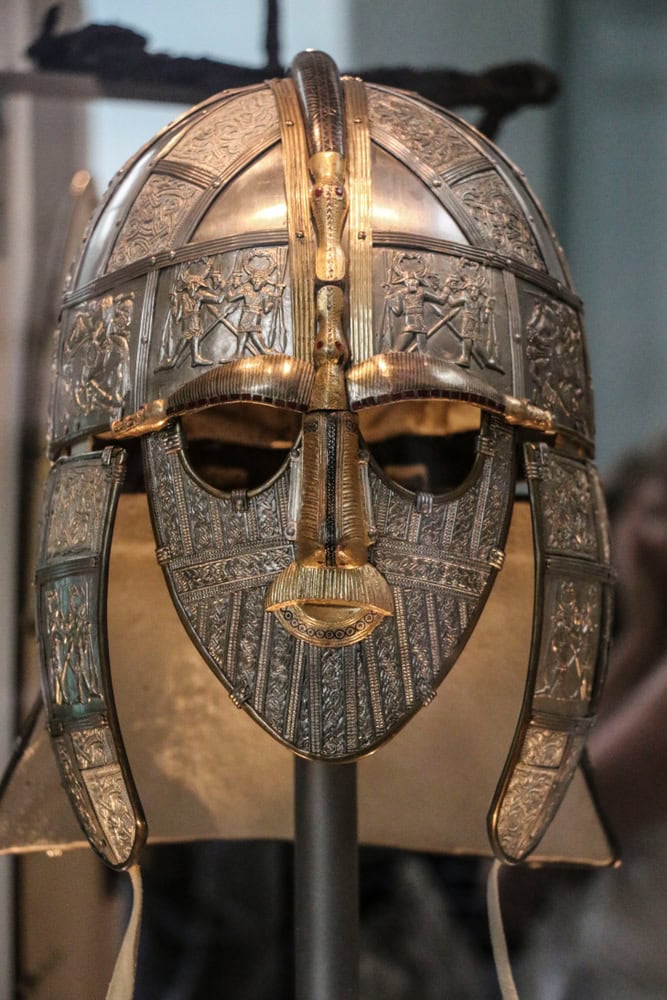
The Sutton Hoo ship burial, discovered in 1939 in Suffolk, England, is one of the most significant archaeological finds in British history. Dating from the 6th to 7th centuries AD, the burial included an Anglo-Saxon ship filled with treasures, believed to belong to King Raedwald. The artifacts, including a ceremonial helmet, weapons, and gold jewelry, provided a vivid picture of Anglo-Saxon culture, craftsmanship, and burial practices. Sutton Hoo revealed the sophistication and wealth of early medieval England, reshaping our understanding of the period and its connections with the wider world.
Bust of Queen Nefertiti (1345 BC)

The Bust of Queen Nefertiti, discovered in 1912 at Amarna, Egypt, is an iconic symbol of ancient Egyptian beauty and craftsmanship. Created around 1345 BC, this limestone bust, with its exquisite detail and serene expression, portrays Nefertiti, the wife of Pharaoh Akhenaten. The bust’s discovery shed light on the Amarna Period, a time of significant cultural and religious change in Egypt. It highlighted the artistic achievements of the period and provided insights into the role and influence of Nefertiti, one of ancient Egypt’s most powerful and enigmatic queens.
Aztec Sun Stone (15th Century AD)
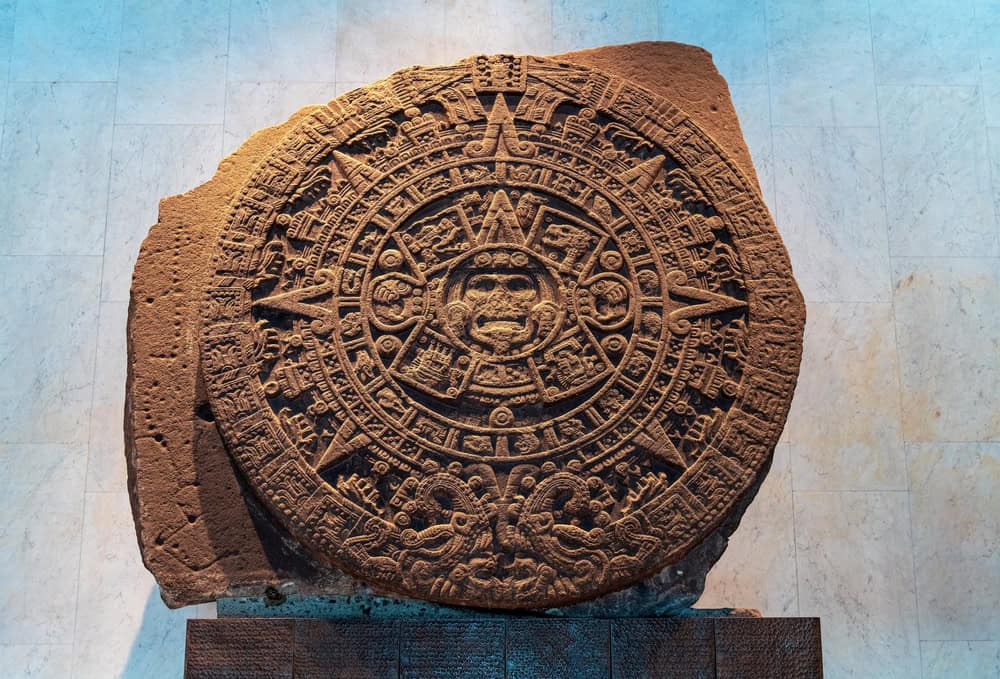
The Aztec Sun Stone, also known as the Calendar Stone, is a massive basalt sculpture created in the 15th century AD. Weighing over 24 tons, this intricate artifact depicts the Aztec cosmos, featuring the sun god Tonatiuh at its center. The stone served as a calendar, marking important ceremonial and agricultural events. Its discovery in 1790 in Mexico City provided a wealth of information about Aztec mythology, cosmology, and timekeeping practices. The Aztec Sun Stone remains a powerful symbol of the Aztec civilization’s sophistication and its profound connection to celestial cycles.
Lucy, Addis Ababa (Lived 3.2 Million Years Ago)

Lucy, discovered in 1974 in Ethiopia, is one of the most significant paleoanthropological finds in history. This 3.2-million-year-old Australopithecus afarensis skeleton, representing 40% of an adult female hominid, provided crucial evidence of bipedalism, a key milestone in human evolution. Lucy’s discovery transformed our understanding of human ancestry, offering a glimpse into the physical characteristics and lifestyle of early hominids. Her well-preserved remains continue to be a cornerstone in the study of human evolution, illustrating the deep-rooted origins of our species.
This article originally appeared on Rarest.org.
More from Rarest.org
18 Oddest Artifacts Ever Discovered by Archaeologist
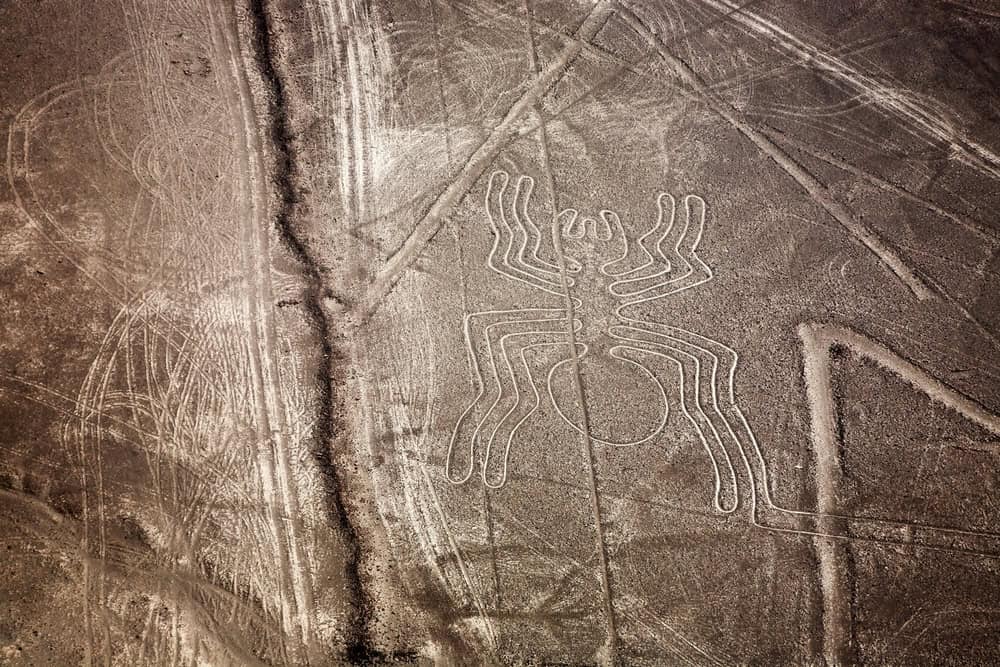
Archaeology has unearthed countless artifacts that offer glimpses into the lives and cultures of ancient civilizations. Among these discoveries are objects so peculiar and enigmatic that they continue to baffle and intrigue researchers and enthusiasts alike. Read more.
The 12 Most Valuable Superhero Action Figures

Collecting superhero action figures is a thrilling hobby for many enthusiasts, combining a love for iconic characters with the excitement of hunting for rare and valuable items. These figures not only capture the essence of beloved heroes but also serve as tangible pieces of comic book history. Read more.
The 14 Most Expensive Music Memorabilia Ever Sold
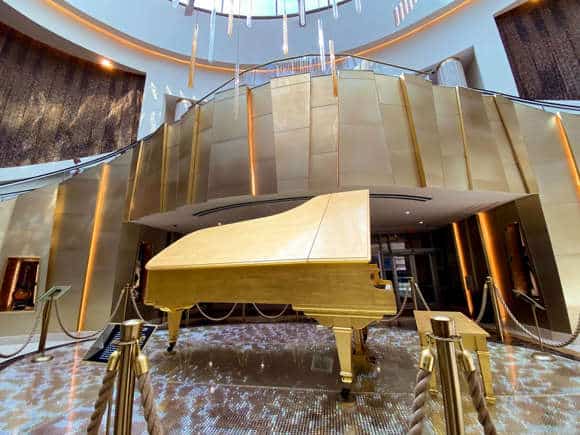
Music memorabilia offers a unique glimpse into the lives and legacies of iconic artists, often capturing pivotal moments in music history. From instruments that created legendary tracks to personal items that reveal intimate stories, these valuable artifacts hold immense cultural and emotional significance. Read more.
